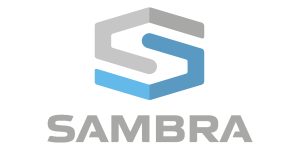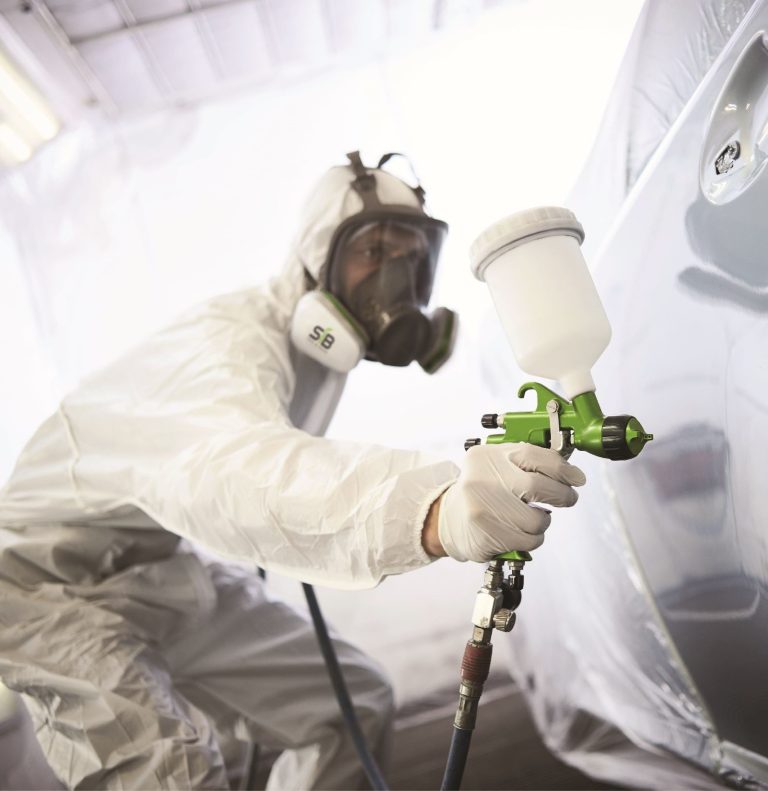Being involved in an accident, even a minor bumper bashing, can be a massive inconvenience if your car needs to go in for repairs. The last thing you want is to get your vehicle back and you’ve been caught out with a second-rate paint restoration job.
Charles Canning, chairperson of SAMBRA (the South African Motor Body Repairers’ Association), a proud association of the Retail Motor Industry Organisation (RMI), says while refinishing or repainting, as it is better known, is not likely to occur often in the lifespan of a vehicle, when it does happen you want to be sure you get your vehicle back as good as new.
“Customers expect their repaired vehicle to look as it did prior to the accident. Reputable motor body repairers understand the importance of colour-matching accuracy in automotive repair and refinishing and that is where professional paint mixing or blending comes into play.
“Paint blending is a process that involves gradually feathering out of the new paint and clear coat from the repaired area onto the adjacent panels,” he says.
“This technique is an art which requires skill, patience and attention to detail to achieve a smooth transition from the repaired area to the adjacent panels. The goal is to create a uniform finish that matches the original factory finish of the car, so that the repair is virtually undetectable.
“Blending paint for a panel that is adjacent to a panel being replaced or repaired is also often a necessity to achieve a proper colour match and is recommended by all the major automotive refinishing companies across the globe.”
Specialist suppliers to the sector agree that panel blending is the most apparent element that can make or break the success of the repair.
Achieving a seamless colour match requires a combination of factors, including manual tinting, different spray techniques, application methods and paint technologies.
“It is important for motorists to realise that panel blending can affect the assessment of the repair in terms of repair time, cost and quality. Since adjacent panels must be repaired and over-coated to achieve a complete repair, additional repairs may exist on these panels, which can add to the repair cost. In addition, the cost of the paint used can also contribute to the overall cost of the repair,” says Canning.
Colour perception is a complex process that involves the properties of light and the human visual system. In addition, there are different types of finishes, including solid, metallic, pearlescent and special effects (translucent top coats). Each type of finish requires specific techniques and pigmentation, which can add to the complexity of colour matching.
Canning points out that considering how crucial colour accuracy is, it is critical that one only selects the services of an insurance-approved motor body repairer with a skilled spray painter and booth.
He offers these 5 tips for evaluating the paint work after the repairs are done:
1. Inspect the vehicle in good lighting: Minor imperfections in the paint work can be obscured in dim light, so rather check it in direct sunlight or under a fluorescent light.
2. Does the colour match? Less reputable MBRs cut corners by using ‘similar’ paint, which will leave you with a car that has multiple colour tones and shades. If the colour does not match, it is possible that there are other problems with the repairs and refinishing work.
3. Check for imperfections: The paint job should have a consistent sheen and you should not be able to tell the difference between the fresh and original paint. Look for streaking, bubbling or places where paint is thicker/thinner. The paint work should be smooth to the touch.
4. Look for paint splatter: Ineffective masking, where areas that are not subject to repairs are taped-off, during a respray can leave marks and run-off on the bumpers and other non-painted components. Check the interior of the vehicle too.
5. Maintenance: If you are satisfied with the workmanship, ask your MBR about care and maintenance to protect the paint work. If you notice peeling or flaking a few weeks after the repair, contact the repairer immediately.
SAMBRA thank and acknowledge SIB, a leading provider of fit for use coatings and related products, for their technical input into this article and for video and picture.



